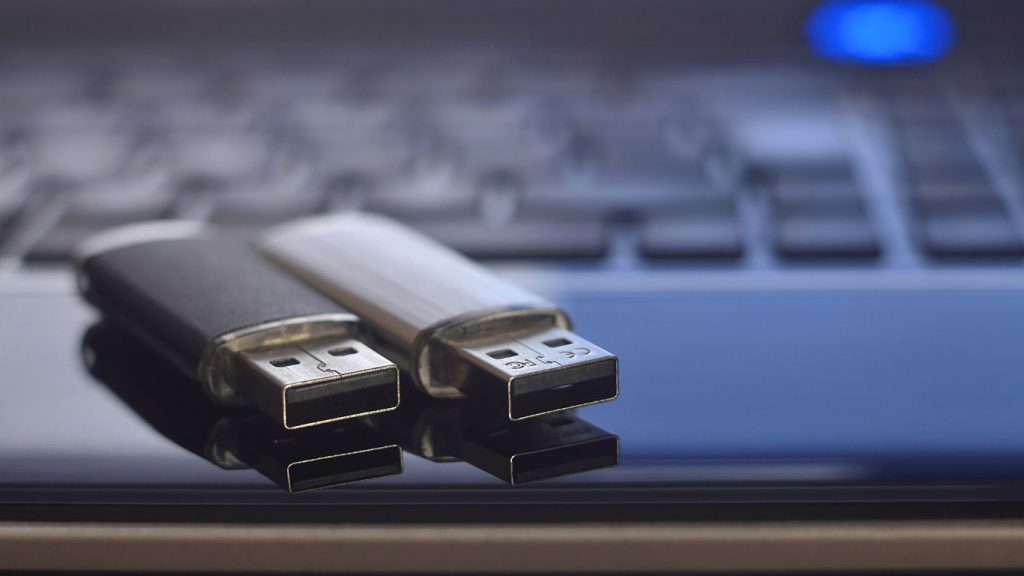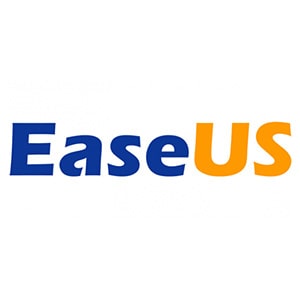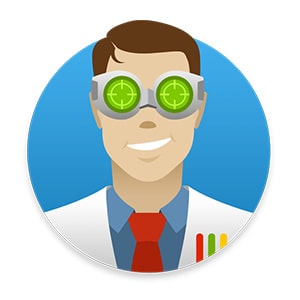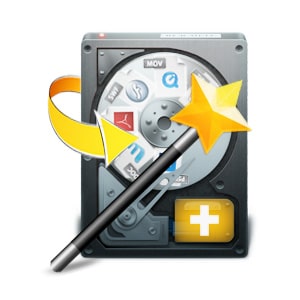
USB file recovery can be frustrating. Suffering a sudden loss of your files is never a joke. Whether you expected it because your hard drive made funny noises, or it caught you red-handed, it doesn’t matter. It could also cause damage to your personal life, or even ruin your business or perhaps end it altogether. But what’s done is done, there’s no reason to cry over spilled milk. We suggest plugging your USB drive to your Windows, Linux, or Mac computer immediately. Then, take your pick of one or possibly two or more of the best data recovery software for USB drives we mentioned, and get to work.
How to choose the best USB data recovery software?
There are many factors you should consider before choosing the best software for recovering files from your USB drives –
- Make sure the software supports USB flash drive recovery.
- Only choose tools that provide a free trial. You don’t want to waste your money if the software doesn’t work as expected.
- If USB focused recovery features are available, choose them over unnecessary features.
- Better reviews doesn’t always mean better software for your specific needs.
- Test with different USB sticks before inserting the important USB flash drives.
List of the best USB data recovery software
After testing almost 30 different data recovery software that supports USB flash drives, we chose 10 of the best. These tools will help you recover almost any types of data you lost from your USB drive. So, you should give them a try before throwing away your USB sticks. These are the best USB data recovery software –
1. Stellar Data Recovery

The first software on our list is a perfect mix between personal and enterprise, professional and novice. It works equally well for data deleted by human error such as formatting your USB drive, and other issues you couldn’t have predicted. Power outage, operating system crash, and ejecting removable devices pre-emptively are just some of the common ones. It can retrieve almost any type of data, offers a nice preview of the scan results. It also offers you a recovery of up to 1 GB of files free of charge. What more could you ask?
2. Recuva

Next up is Recuva, created by Piriform, a company that also created CCleaner. You probably use or have used CCleaner to keep your computer’s disk drive from overflowing with unnecessary files. Well, if your problem is exactly the opposite, there’s no one better to take care of it. It also covers all major causes of data loss and is extremely simple to use due to its outdated interface. And do you know what the best part is? It’s lightweight and won’t overwrite any old data. Plus, recovering data is free and unlimited, which you’ll soon see is a rare feature.
3. EaseUS Data Recovery Wizard

The third software on our list is possibly the one that has had the most users, more than 75 million. This is because it is present on Windows, Mac, Android, and iOS operating systems, allowing a full scope of data retrieval. Furthermore, it is also one of the fastest and the most thorough data recovery software we’ve tried, and a top contender for the first and the second spot. There are two reasons it didn’t get there. First, you cannot beat free, and EaseUS allows recovering data up to 2 GB in total. Second, we subjectively determined that Stellar managed to undelete a tad bit more data in our testing process. You might be interested in knowing more about EaseUS Data Recovery Wizard.
4. Disk Drill

If you’ve ever used or heard about Pandora Data Recovery, you might not have heard that the software decided to merge with Disk Drill under their banner. That way, they can provide sort of an ultimate data restoration software. It is certainly easy to use and efficient, there’s no doubt about it. The software can recover more than 350 file formats, but never discovered as many photos or videos as other software did. Plus, you need to purchase a license to restore even a single file, except on Windows, where up to 500 MB is allowed.
5. MiniTool Power Data Recovery

This software is essentially five software into one. It is split into Undelete Recovery, Digital Media Recovery, Lost Partition Recovery, Damaged Partition Recovery, and CD/DVD Recovery. You’ll focus on USB drives here, and you’ll have a pretty easy time with it. However, it doesn’t hurt to have a tool to combat other similar issues on your computer. The interface is a bit clunky and navigation could use a bit of improvement. However, you can still have 1 GB of files returned to you on Windows, but only 1 MB worth of files on Mac.
6. OnTrack EasyRecovery
Sixth software on our list is similar to the fifth. For one, it allows you to recover files up to 1 GB in size in total on Windows. It also supports things such as accidental deletion, hardware failure, operating system crash, the aftermath of a malware attack, etc. The Premium version can even help you clone a failing HDD or SSD, and repair corrupted photos or videos, thus re-inviting joy back into your life. It is also compatible with Mac and Linux.
7. Paragon Backup and Recovery
We would describe its interface as straightforward, without any bells and whistles that aren’t essential, but still efficient. Furthermore, it acts in two ways, and both are very meaningful. First of all, it can help you do the usual, retrieve data after a catastrophe. But it can also help you ensure it never happens again through their back-up oriented features. We wish you could use it to backup files to the cloud already, but this might be in the plans for the future. Oh, and you can use Paragon to erase data permanently, so it cannot fall into the wrong hands.
8. RecoverIT
Created by Wondershare, the creators of Dr. fone for Android and iOS, is RecoverIT, their alternative for data restoration on Windows and Mac. It has an eye-pleasing light blue interface that unlike others, doesn’t get cluttered once the scan is complete. It also supports a wide variety of storage media and promises one of the highest possible success rates of data recovery in the industry. With more than 550 file formats eligible for restoration, you’ll be pleasantly surprised. What you won’t be pleasantly surprised with is the fact that you need to buy a license to retrieve files.
9. GetDataBack
What we particularly liked about GetDataBack is how easy it was to work with. With that in mind, we would wholeheartedly recommend it to non-tech-savvy people. It is powerful, allows you to clone an entire drive, and performs its scan quickly. Furthermore, it can be run from another USB drive, thus never threatening to overwrite any of the data on the USB you choose as a source. The downside is that it isn’t available for Mac computers.
10. Advanced Disk Recovery
Advanced Disk Recovery works equally well for scanning the entire drive, partitions, or removable devices. Furthermore, it allows you to pick a Quick Scan that will only scathe the surface but might rapidly spit out recently deleted files. Or you can decide on a Deep Scan that will go above and beyond and dig deep for files. This, of course, will take more time, depending on the drive size and your computer’s hardware. We found it very effective, and the preview window very easy to navigate through. This is important, especially when you have thousands of files and some with random names.
